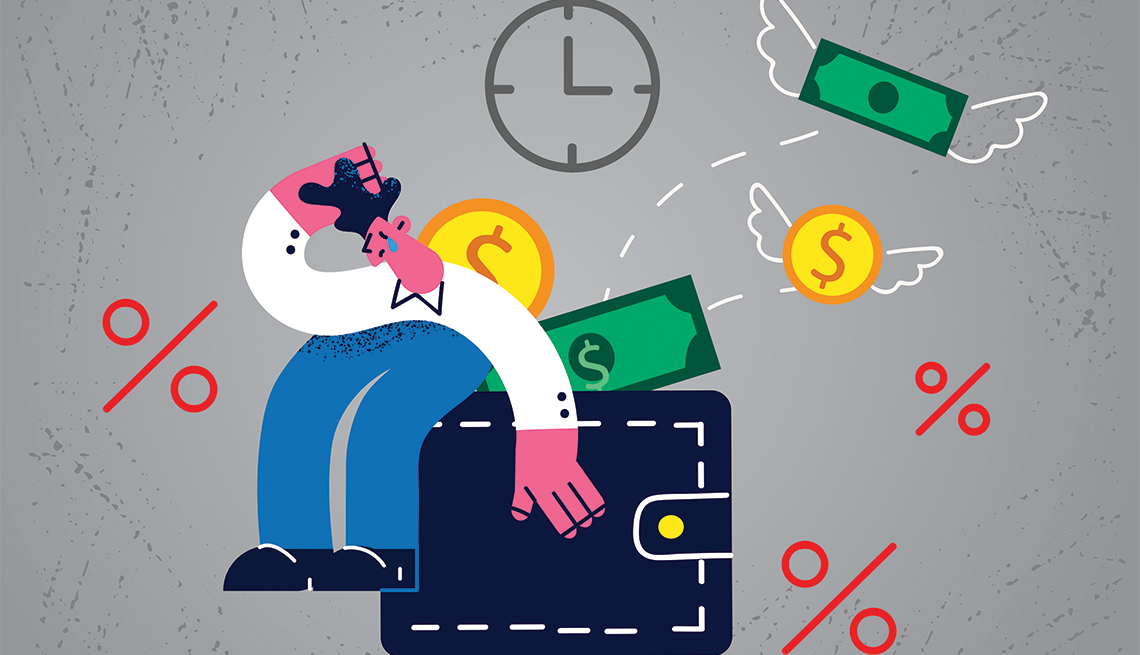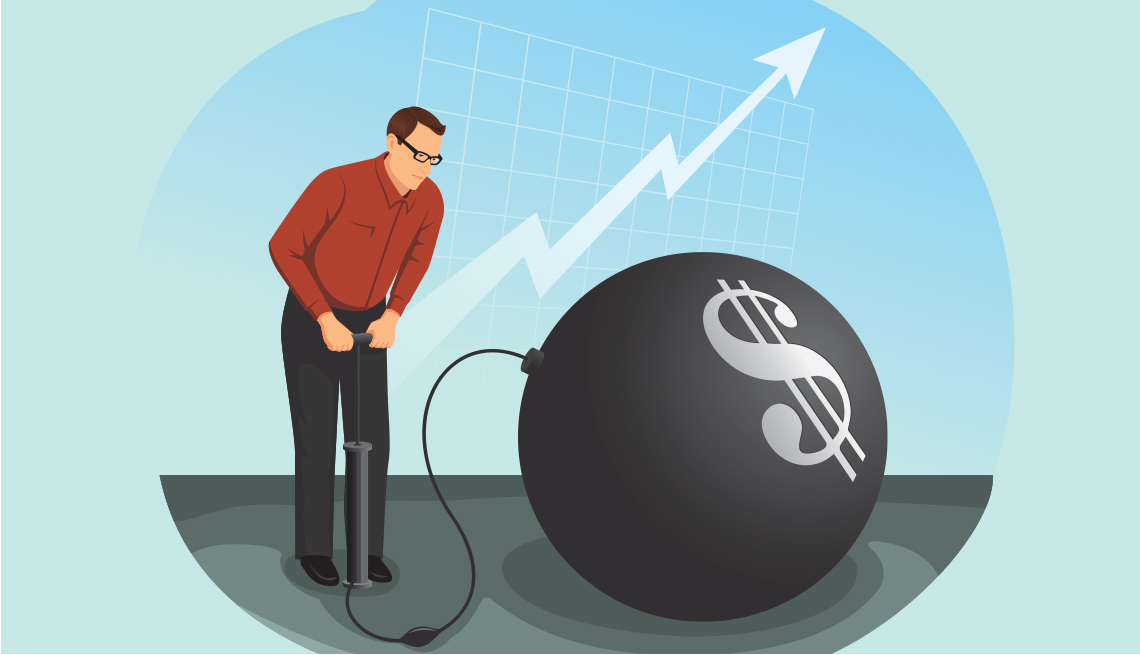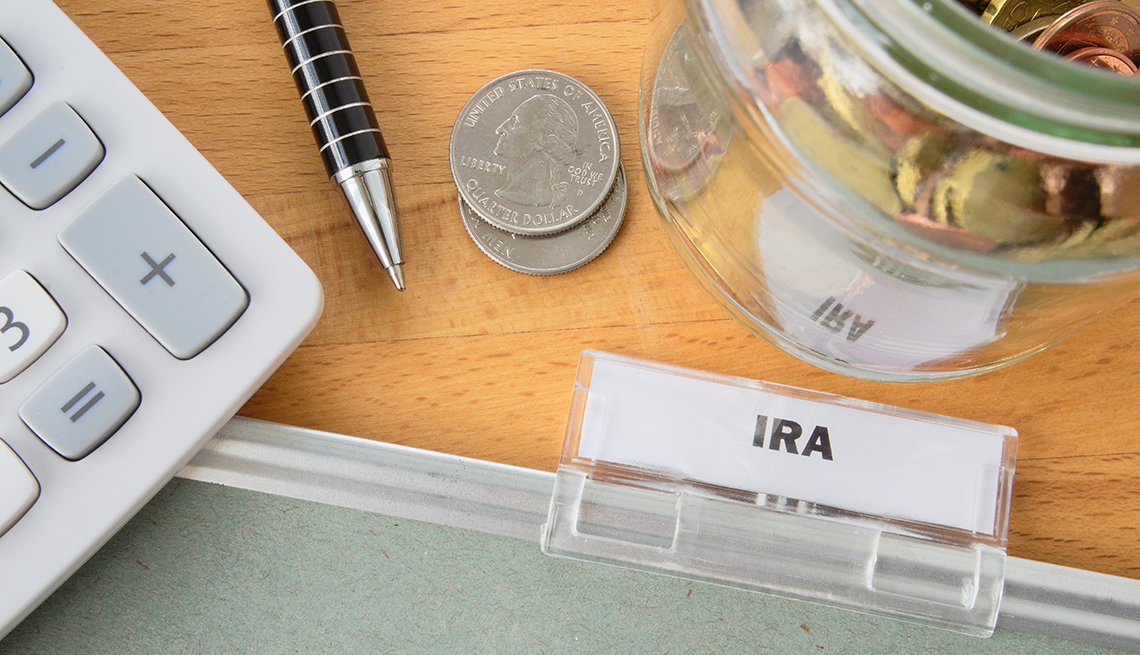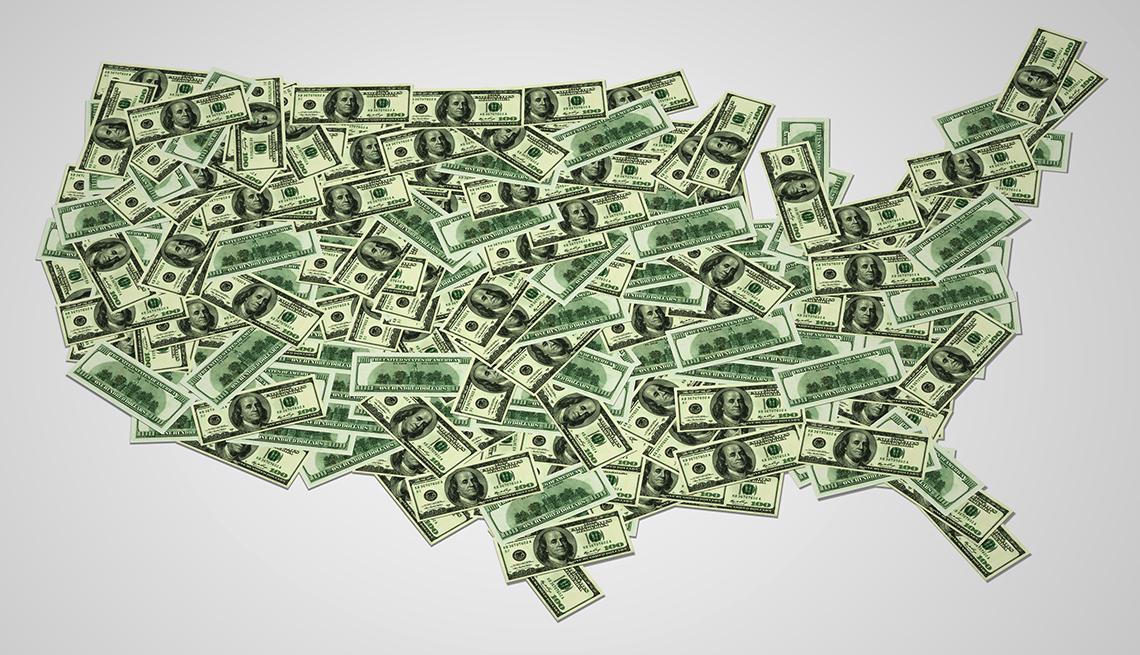AARP Hearing Center


A 401(k) plan is a great way to increase your retirement savings. Your employer will deduct your pretax contributions from your paycheck, and your savings will be tax-deferred until you take withdrawals during retirement. (The exception is a Roth 401(k), which is funded with after-tax dollars and from which withdrawals in retirement are tax-free.)
Thanks to some recent adjustments by the Internal Revenue Service, your 401(k) will get a bit better in 2025.
Savers will be able to contribute as much as $23,500 to a 401(k) in 2025, up from $23,000 in 2024. Most of those 50 and older will be able to add another $7,500 — the same catch-up contribution amount as 2024 — for a maximum contribution of $31,000.
Starting in 2025, however, savers ages 60, 61, 62 and 63 have a higher catch-up cap. Those in this group can stash an additional $11,250 in a workplace plan, for a total of $34,750. The SECURE 2.0 Act, a 2022 federal law designed to promote retirement saving, included a provision boosting the catch-up limit for the 60-63 set.
These limits apply to other retirement plans, such as 403(b) plans for employees of public schools and some nonprofit organizations; 457(b) plans offered by some state and local governments and nonprofits; and the federal government’s Thrift Savings Plan.
Those increases are good news for retirement savers. As pensions become less common, especially in the private sector, most workers will rely on the proceeds of their retirement savings, plus Social Security, for the bulk of their retirement income. In March 2023, 15 percent of private-sector workers participated in a traditional pension plan, compared to 32 percent in 1993, according to data from the U.S Bureau of Labor Statistics.
You can start small
If you can’t afford to contribute the maximum, invest what you can and then try to increase that amount each year. You may find that putting pretax money into a 401(k) doesn’t affect your paycheck as much as you’d think, because of the tax savings.
For example, suppose you had gross pay of $50,000 a year and got paid every two weeks. If you contributed 5 percent of your salary to a 401(k) plan, your contribution would be $96 a pay period, but your pay would fall by $82, assuming you were in the 15 percent tax bracket, according to a calculator from Fidelity Investments. Increase your contribution by one percentage point, to 6 percent, and you’d be saving $115 a month, but your paycheck would fall by $98.
Many employers match 401(k) contributions, which is essentially free money — and can make a big difference in the amount of money in your account at retirement. Let’s say you’re 50 years old and you earn $50,000, you put 5 percent of your salary a year into your 401(k), and you get 3 percent raises each year until you retire at 65. You’ll have $77,882 in your account when you retire, factoring in a 7 percent annual rate of return. Now let’s say your employer matches 50 percent of your contribution, up to 5 percent of your salary. You’ll have $116,825 in your account, according to AARP’s 401(k) calculator.































.jpg?crop=true&anchor=13,195&q=80&color=ffffffff&u=lywnjt&w=2008&h=1154)



















































More From AARP
New Tax Rules for Gig Workers
Those profits you make on the side are taxableScammers Love the Employee Retention Credit
It’s legit, but complicated. Tread carefully
Tax Breaks for Natural Disasters
You can get more time to file, and deductions for your losses too